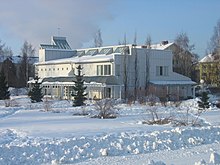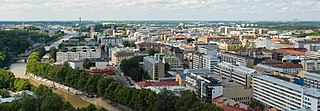
Turku is a city in Finland and the regional capital of Southwest Finland. It is located on the southwestern coast of the country at the mouth of the River Aura. The population of Turku is approximately 205,000, while the metropolitan area has a population of approximately 314,000. It is the 6th most populous municipality in Finland, and the third most populous urban area in the country after Helsinki and Tampere.

The Evangelical Lutheran Church of Finland is a national church of Finland. It is part of the Lutheran branch of Christianity. The church has a legal position as a national church in the country, along with the Orthodox Church of Finland.
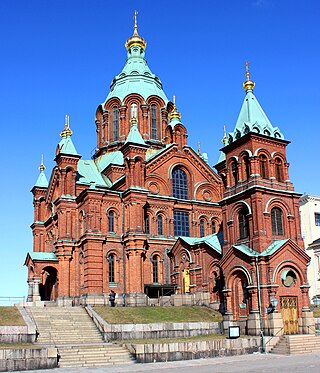
The Orthodox Church of Finland or Finnish Orthodox Church is an autonomous Eastern Orthodox archdiocese of the Ecumenical Patriarchate of Constantinople. The church has a legal position as a national church in the country, along with the Evangelical Lutheran Church of Finland.

Henry was a medieval English clergyman. He came to Sweden with Cardinal Nicholas Breakspeare in 1153 and was most likely designated to be the new Archbishop of Uppsala, but the independent church province of Sweden could only be established in 1164 after the civil war, and Henry would have been sent to organize the Church in Finland, where Christians had already existed for two centuries.

Sund is a municipality of Åland. It is an autonomous territory of Finland, and one of the official 27 national landscapes of Finland.
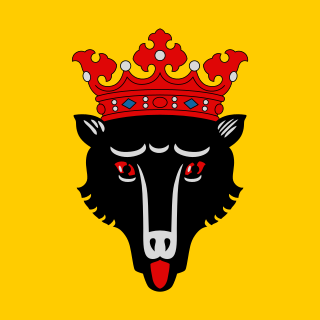
Pori is a city in Finland and the regional capital of Satakunta. It is located on the west coast of the country, on the Gulf of Bothnia. The population of Pori is approximately 83,000, while the sub-region has a population of approximately 129,000. It is the 10th most populous municipality in Finland, and the eighth most populous urban area in the country.

Raisio is a town in Finland, located in the Southwest Finland region. It lies north of the regional capital, Turku. The population of Raisio is approximately 26,000, while the sub-region has a population of approximately 350,000. It is the 40th most populous municipality in Finland, and the third largest municipality in the Southwest Finland region after Turku ja Kaarina.

Finland is Christian majority country, with Islam being a minority faith. The constitution of Finland ensures freedom of religion and Muslims are free to proselytize and build places of worship in the country.
Progressive Adventists are members of the Seventh-day Adventist Church who prefer different emphases or disagree with certain beliefs traditionally held by mainstream Adventism and officially by the church. While they are often described as liberal Adventism by other Adventists, the term "progressive" is generally preferred as a self-description. This article describes terms such as evangelical Adventism, cultural Adventism, charismatic Adventism, and progressive Adventism and others, which are generally related but have distinctions.
Historic Adventism is an informal designation for conservative individuals and organizations affiliated with the Seventh-day Adventist Church who seek to preserve certain traditional beliefs and practices of the church. They feel that the church leadership has shifted or departed from key doctrinal "pillars" ever since the middle of the 20th century. Specifically, they point to the publication in 1957 of a book entitled Seventh-day Adventists Answer Questions on Doctrine; which they feel undermines historic Adventist theology in favor of theology more compatible with evangelicalism. Historic Adventism has been erroneously applied by some to any Adventists that adhere to the teachings of the church as reflected in the church's fundamental beliefs such as the Sabbath or the Spirit of Prophecy. They misapply those who hold to mainstream traditional Adventist beliefs as synonymous with Historic Adventist.

There are scattered descriptions of early Finnish wars, conflicts involving the Finnish people, some of which took place before the Middle Ages. The earliest historical accounts of conflicts involving Finnish tribes, such as Tavastians, Karelians, Finns proper and Kvens, have survived in Icelandic sagas and in German, Norwegian, Danish and Russian chronicles as well as in Swedish legends and in birch bark manuscripts. The most important sources are the Novgorod First Chronicle, the Primary Chronicle and Erik's Chronicle.
Fulco was the first known missionary Bishop of Estonia. He was appointed in 1165 by Eskil, the Danish Archbishop of Lund. Before his appointment, Fulco was a Benedictine monk in the abbey of Moutier-la-Celle, near Troyes in France. His nationality is not known.
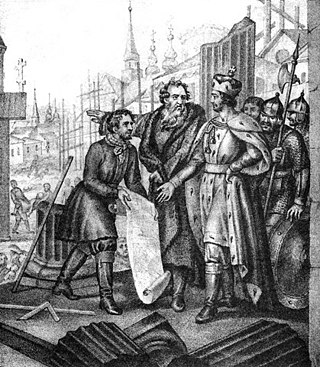
The Finnish–Novgorodian wars were a series of conflicts between Finnic tribes in eastern Fennoscandia and the Republic of Novgorod from the 11th or 12th century to the early 13th century.

Finland is a predominantly Christian nation where 65.2% of the Finnish population of 5.6 million are members of the Evangelical Lutheran Church of Finland (Protestant), 32.0% are unaffiliated, 1.1% are Orthodox Christians, 0.9% are other Christians and 0.8% follow other religions like Islam, Hinduism, Buddhism, Judaism, folk religion etc. These statistics do not include, for example, asylum seekers who have not been granted a permanent residence permit.
Charismatic Adventists are a segment of Adventism, specifically the Seventh-day Adventist Church, as well as some other Adventist denominations, such as the Adventist Church of Promise and the International Missionary Society of Seventh-Day Adventist Church Reform Movement, that is closely related to "Progressive Adventism", a liberal movement within the church.

Kalle Toivo Immanuel Harjunpää was a Finnish and American Lutheran priest and professor.

Betel Church is located in the VII District of Turku, Finland. It is a church of the Turku adventism parish.
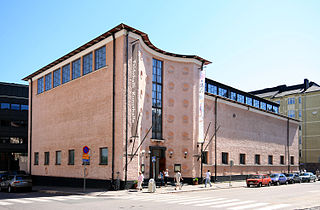
Georg Hilding Ekelund was a Finnish architect, from 1950 to 1958 a professor of housing design at Helsinki University of Technology and from 1931 to 1934 editor-in-chief of the Finnish architects' journal Arkkitehti. His career as an architect spans the change in styles in Finland from the Nordic Classicism of the 1920s to the Modernism of the 1970s.
The National Socialist Union of Finland, later the Finnish-Socialist Party was a Finnish Nazi political party active in the 1930s, whose driving force and ideologue was Professor Yrjö Ruutu. With an ideology based on Ruutu's theories, the party came to reject orthodox German Nazism.

Baptists in Finland have existed since the middle of the 19th century. They are part of the Baptist branch of evangelical Christianity and belong to three different Finnish church associations. Swedish-speaking Finns formed the Swedish Baptist Union of Finland, while Finnish-speaking Baptists are united in the Finnish Baptist Church ; two Finnish congregations are a part of the Seventh Day Baptists. In addition, a few independent Baptist churches exist, including Grace Baptist Church in Tampere. The congregation was formerly known as Perinteinen Baptistiseurakunta in Finnish and International Baptist Church in English. Agape International Baptist Church in Pedersöre is also among the independent Baptist churches.
